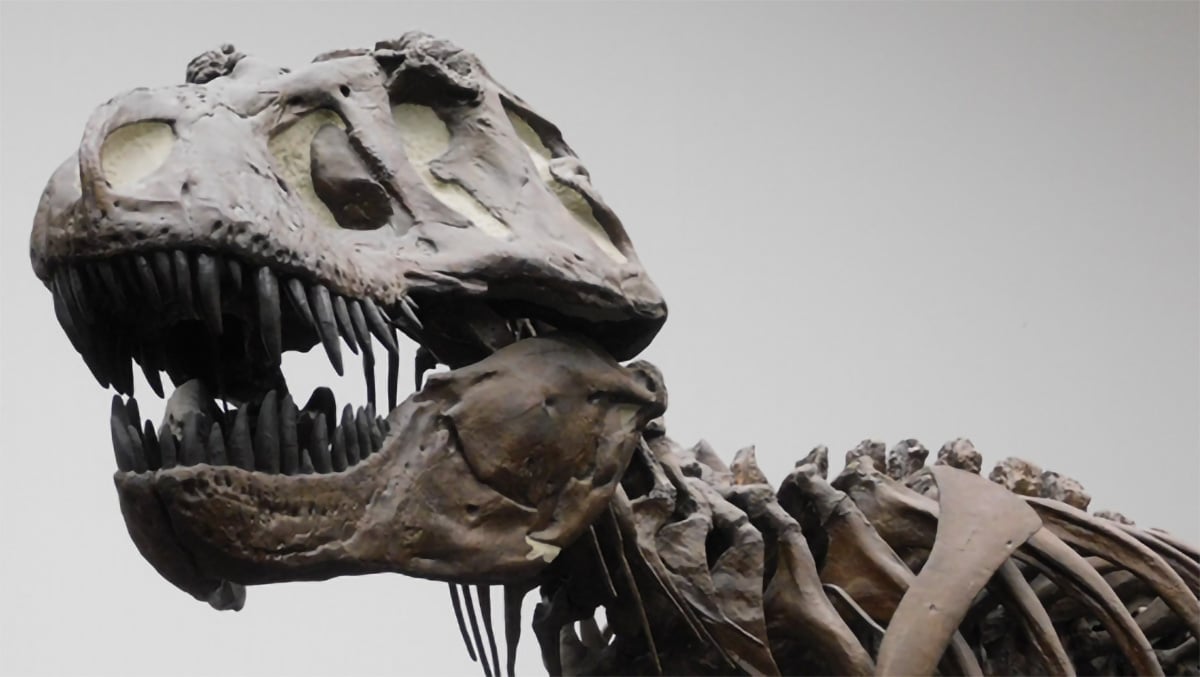[1/2] The icy shell at the south pole of Saturn’s moon Enceladus, made up from a mosaic of images taken by NASA’s Cassini spacecraft in 2009, with geysers spewing columns of ice crystals into space from the moon’s inner ocean, according to a study published June 14. , 2023 in the magazine …
(Reuters) – High concentrations of phosphorus, an essential element for all biological processes on Earth, have been detected in ice crystals spewed from the inner ocean of Saturn’s moon Enceladus, increasing its potential to harbor life, researchers reported Wednesday.
The discovery was based on data collected by NASA’s Cassini spacecraft, the first spacecraft to orbit Saturn, during its historic 13-year exploration of the gas giant planet, its rings and moons from 2004 to 2017.
The findings by an international team of scientists led by Germany have been published in the journal Nature and announced by NASA’s Jet Propulsion Laboratory (JPL) outside Los Angeles, which designed and built the Cassini probe.
The same team previously confirmed that Enceladus’ icy grains contain a rich array of minerals and complex organic compounds, including the amino acid components associated with life as scientists know it.
But phosphorus, the least abundant of the six chemical elements considered essential to all living things—the others being carbon, oxygen, hydrogen, nitrogen, and sulfur—was still missing from the equation so far.
“It is the first time this elemental element has been detected in an ocean beyond Earth,” said the study’s lead author, Frank Postberg, a planetary scientist at the Free University of Berlin, in a JPL news release.
Phosphorus is an essential component of the structure of DNA, a vital part of cell membranes, and the energy-carrying molecule found in all forms of life on Earth.
The latest study stems from measurements Cassini took as it flew through grains of salt-rich ice that were spewed into space from geysers emanating from the subsurface ocean beneath Enceladus’ frigid crust at its south pole.
The spacecraft collected its data as it passed through a column of the same ice crystals, and through the same material that feeds Saturn’s faint “E” ring with icy particles outside the planet’s brighter main rings.
The inner ocean discovered by Cassini has made Enceladus–about one-seventh the size of Earth’s moon and the sixth-largest of Saturn’s 146 known natural satellites–a prime candidate in the search for habitable places in our solar system beyond Earth, if only for microbes.
The other is Jupiter’s larger moon Europa, which is also believed to harbor a global ocean of liquid water beneath its icy surface.
A notable aspect of Enceladus’ recent discovery was geochemical modeling by study co-authors in Europe and Japan showing that phosphorus is present in concentrations at least 100 times greater than those in Earth’s oceans, restricted, water-soluble forms of phosphate compounds.
“This key component could be abundant enough to support life in the vicinity of Enceladus,” said co-investigator Christopher Glenn, a planetary scientist at the Southwest Research Institute in San Antonio, Texas. “This is an amazing discovery for astrobiology.”
However, the scientists stressed that the presence of phosphorus, complex organic compounds, water and other building blocks of life is only evidence that a place like Enceladus is likely to be habitable, not inhabited. Life, whether past or present, has not been affirmed anywhere outside Earth.
“Whether life originated in the vicinity of Enceladus remains an open question,” Glenn said.
(Reporting by Steve Gorman in Los Angeles). Editing by Lisa Shumaker
Our standards: Thomson Reuters Trust Principles.

“Amateur organizer. Wannabe beer evangelist. General web fan. Certified internet ninja. Avid reader.”






/cloudfront-us-east-2.images.arcpublishing.com/reuters/3K52JI7NOVK5ZLUYRRID6TXANI.jpg)
More Stories
New research reveals that dinosaurs were not as intelligent as we thought
Scientists are preparing for solar storms on Mars
The tallest observatory on Earth, located high in the Andes in Chile, has finally opened